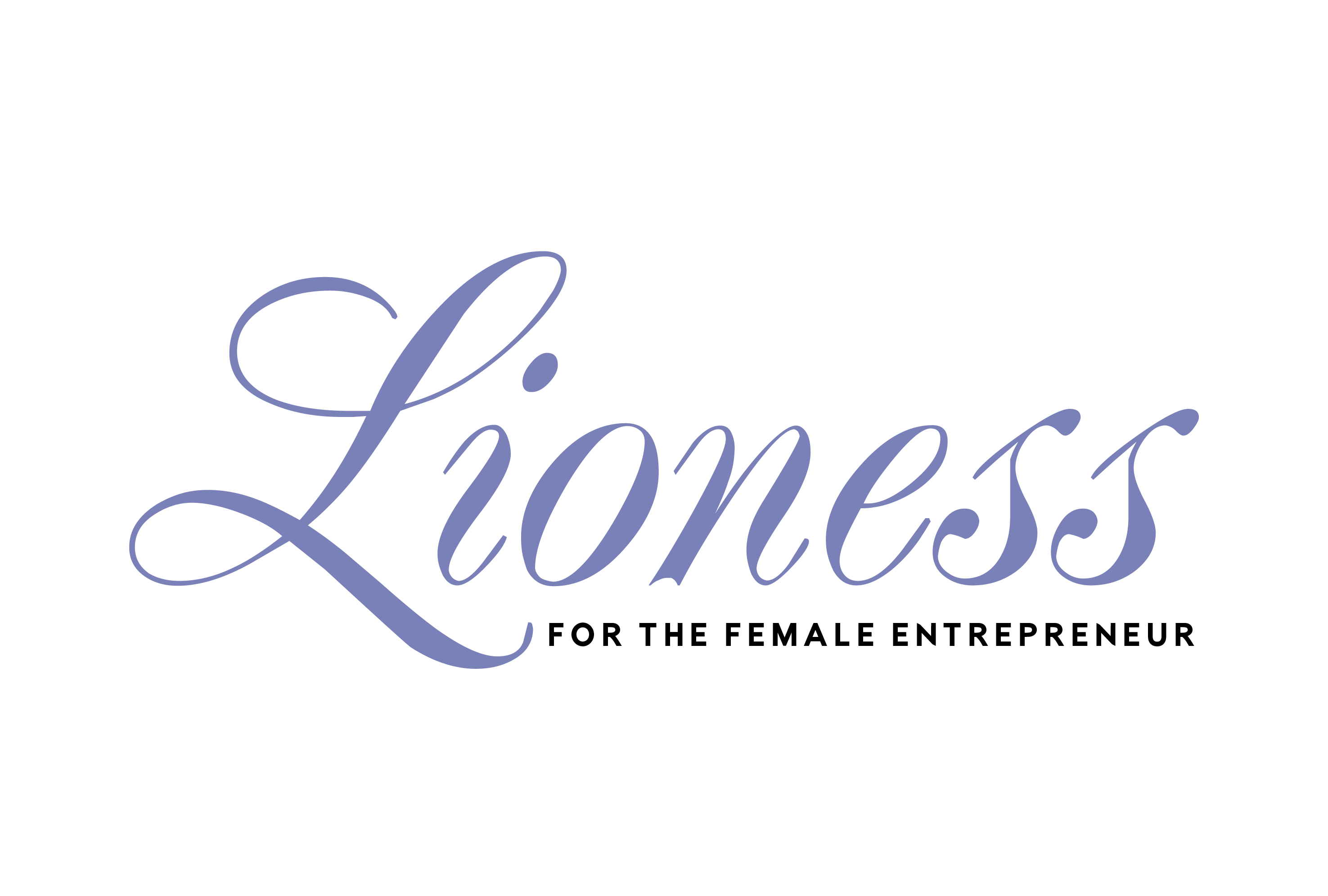In the almost 35 years since the Internet took its first breaths, and the near quarter century since the advent of the World Wide Web, the world has seen an unparalleled technology boom. Workplaces are not exempt from this upheaval as social media, websites, smart devices and now the Internet of things are connecting people, organizations and even objects. As companies leverage this technology to make doing their jobs easier, they must also manage the people who keep their businesses running.
Enter, Laura Butler. Butler spent her entire career at the intersection of human capital and technology. Her self-described “jagged résumé” includes stints with companies like Taleo (which software giant Oracle acquired in 2012), Pacific Gas and Electricity, one of the largest utilities in the country, and now project management tech company Workfront. In her capacity as Senior Vice President of People and Culture, Butler moves her company and its more than 600 employees into the future by not only encouraging new and innovative ideas, but also managing and capitalizing on the differences in her company’s personnel. Read on to learn more about Laura’s tips for fostering a disruptive and innovative workplace.
Make diversity and inclusion part of your bottom line
In the age of #MeToo and Black Lives Matter, diversity and inclusion are no longer social responsibility “should-dos” or afterthoughts companies can simply check off of their list, Butler said. “People are understanding now that it is a true competitive advantage. It’s critical to brand, it’s critical to revenue.” According to Butler, companies she’s worked with have lost out on big deals due to diversity not seeming like a priority to prospective partners and collaborators.
Butler noted that company executives must make a genuine effort to embrace and encourage differences in their personnel rather than only hiring minorities to be able to say they did so. Butler calls this top-down philosophy, “leadership sponsorship.” “There has to be someone at the top — on the board is fine or at the C-level — who really is willing to invest in making a shift,” Butler said. Butler applauded Workfront’s CEO, Alex Shootman, for constantly setting an example of encouraging diversity and inclusion and going to bat for marginalized groups in the company. “He marched in the pride parade with several employees and he’s really stood up and said, ‘hey this matters to me.’”
Seek out ways to embrace all varieties of people

For Butler, diversity doesn’t just stop with race and gender. Butler noted that Workfront makes an effort to craft initiatives around neurodiversity and even career development for refugees. “It’s just unlocking the power of difference,” Butler said. Unlocking this power not only makes minority groups feel counted, but it also increases awareness among other people within the company, who may not have been exposed to a wide range of experiences.
Beyond diversity, Butler also said she encouraged including coworkers with different personalities in disrupting workplaces as well. Companies often demonstrate a bias towards soft-spoken, or introverted employees, where their introversion reads as them not having anything of value to contribute to companies. In reality, Butler said, “If someone’s not speaking up, it’s as much on you as a facilitator on you as it is on them in creating that balance.” Butler encouraged training and professional development to bring out the voice in every employee no matter how their personality otherwise reads in the workplace. “The person that might be irritating socially ends up having the best idea, you never know,” Butler said.
Reward every idea, even the bad ones
Among her best practices for modernizing companies, Butler recommended creating a culture of “good intent.” According to Butler, this type of culture doesn’t lend itself to excessive backstabbing or politics and doesn’t punish employees for ideas that don’t work. “When things fail, you have to be able to pick up and move on,” she said. Companies should craft a learning culture where failures or ideas that don’t move the needle are the impetus for a conversation around what can be improved and what the key takeaways are from each project or experience.
Make the CEO accessible
According to Butler, Workfront makes every effort to allow employees to communicate directly with the company CEO. This includes a CEO suggestion box where team members can leave comments and feedback that the company leader reads personally. “That immediately flattens our organization and makes sure that the person at the top will hear an innovative idea.” More bureaucratic organizations, where ideas must go through multiple rounds of vetting and rejections, are less agile and don’t lend themselves well to new plans. Butler also suggested that leaders celebrate ingenious thinkers within companies and elevate them as role models to encourage innovation.







Add Comment